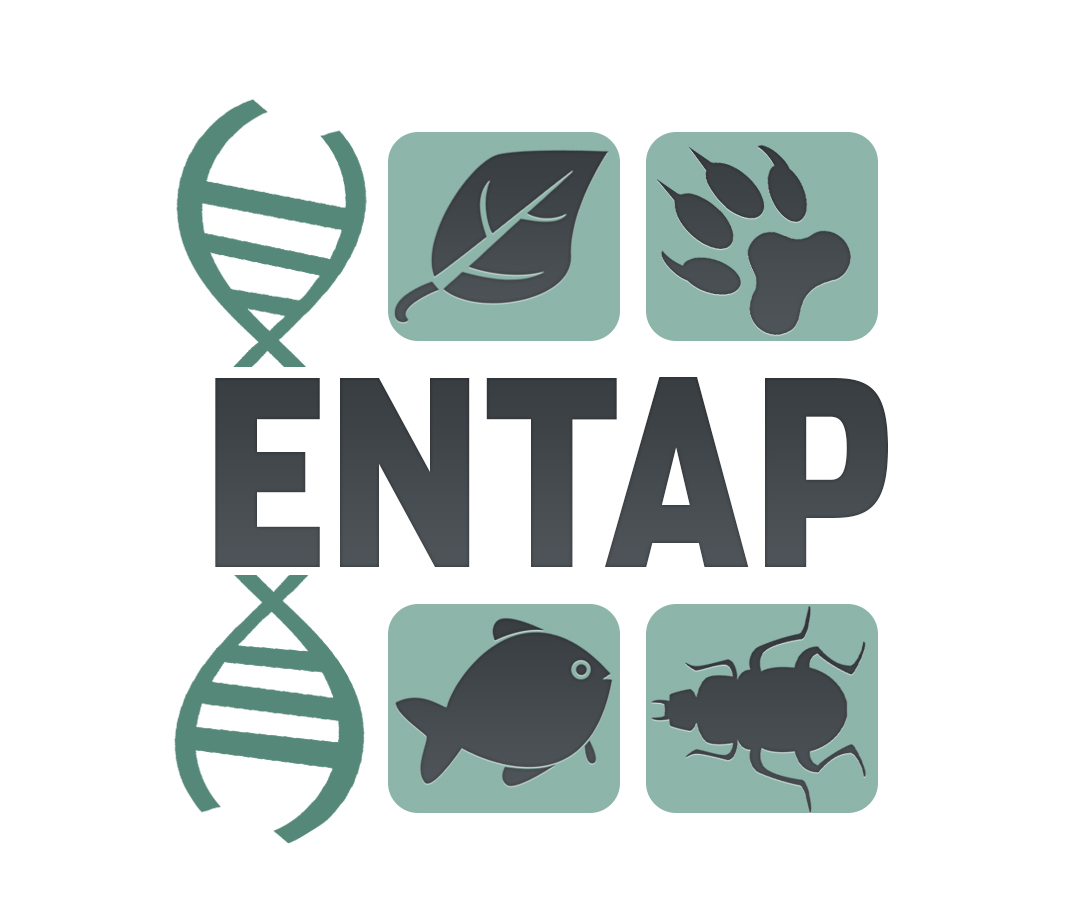EASEL: Structural Annotation
Cynthia Webster, Karl Fetter, Sumaira Zaman, Vidya Vuruputoor, Akriti Bhattarai, Vikesh Chinta, Jill Wegrzyn
EnTAP: Functional Annotation
Cynthia Webster, Alex Hart, Vidya Vuruputoor, Vikesh Chinta, Sumaira Zaman, Akriti Bhattarai, Karl Fetter, Jill Wegrzyn
Argonaut
EASEL

EnTAP